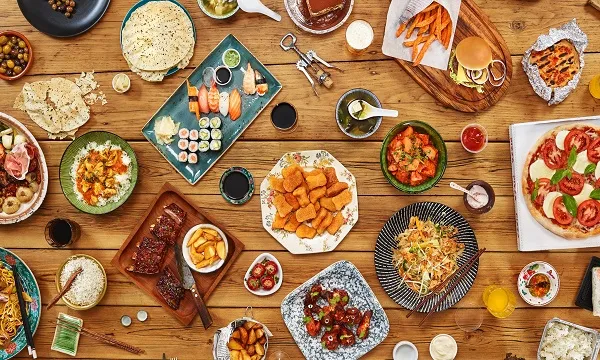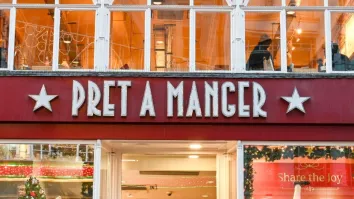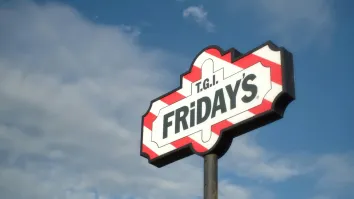
QSR Automations discusses data approach in takeaway and delivery
Its CEO said any operators would benefit from incorporating these options into their business.
For the utmost efficiency, it helps to have an understanding of the various data streams generated by takeaway and delivery, and how they contribute to the off-premise dining strategy. QSR Automations looked at three areas: front-of-house data, back-of-house data and operations data, before examining how they can be put to work.
Front-of-House Data – Managing traffic (and customer expectation)
Front-of-house data relates directly to customer management and includes stats such as the number of diners served, their average wait, and table-turn times. The EPoS system operators use should store this data, and a little analysis of it should reveal an accurate snapshot of tangible customer management performance. For example, operators can see how well they’re utilising seating efficiencies on higher-traffic days to obtain a basic feel for waitlist flow.
When devising a takeaway and delivery strategy, it’s important for operators to bear in mind the restaurant will be processing external orders, at the same time as those from in-house diners, resulting in an overall increase. To ensure operational efficiency, owners and managers should consider the benefits of an integrated restaurant, where front and back-of-house devices can communicate with one another. This type of integration gives chefs a clear window into what’s happening on the restaurant floor.
Furthermore, operators need to ensure they have a kitchen display system which can "throttle" orders. What this means is, the technology is able to blend the various streams of traffic coming in, from off-premise and on-site via the EPoS, and with the help of dynamic quoting software, can inflate or deflate pick-up times based on kitchen bandwidth. Essentially, if the kitchen is busy, quote times are expanded to allow more time for orders without diminishing the customer's experience – it tells off-site diners when their food order is ready no waiting required – or impeding the in-house flow. Overall, operators need to keep an eye on the points at which front-of-house becomes busier and look for technology which can adapt when it becomes more frenzied.
Back-of-House Data – Tracking orders step by step
When we talk about back-of-house data, we mean kitchen performance, also known as speed of service data. This data includes the number of mains processed in one night, how long it takes an order to move from one stage to the next, and historical averages. A good KDS will track this speed of service data. By monitoring the step-by-step process of an order (how long it takes to cook, how long it stays in the delivery window etc) via speed of service reports, operators can see exactly how well the kitchen is running, as well as set goals with staff. For example, an operator may wish to set a limit that stipulates no dish stays in the delivery window for longer than two minutes. Through the KDS, they can track how well they're maintaining that standard, together with identifying labour inefficiencies or bottlenecks.
This back-of-house data relates to the takeaway and delivery strategy too. Many restaurants have used order-tracking to loop customers into the process, letting them know how far along their food is. Depending on the technology an operator chooses, an outbound SMS system or app widget can let customers know, in the most granular detail, where their order is. Ultimately, if a restaurant is tracking this back-of-house data, then it can – indeed it should – be turned outwards as well, to create a well-connected, real-time off-premise dining and delivery system.
Operations Data – Setting it all up
Operations data relates to the finite resources available within a restaurant, including the food inventory, finances and staff. When creating any off-premise dining options, it's crucial to know what resources will be available to make it work. Operators should also consider whether they want to create a delivery system, and maintain the staff levels to handle it in-house, or outsource it. An off-premise dining strategy may require some up-front costs and more staffing, so operators should do a thorough stock-check of these basics before moving forward.
Done correctly, adding takeaway and delivery to a restaurant's arsenal will create a lucrative revenue stream and an enhanced customer experience. And, with just a basic understanding of restaurant data, together with some automated solutions to access it, operators can achieve an off-premise dining solution as painlessly as possible.
























